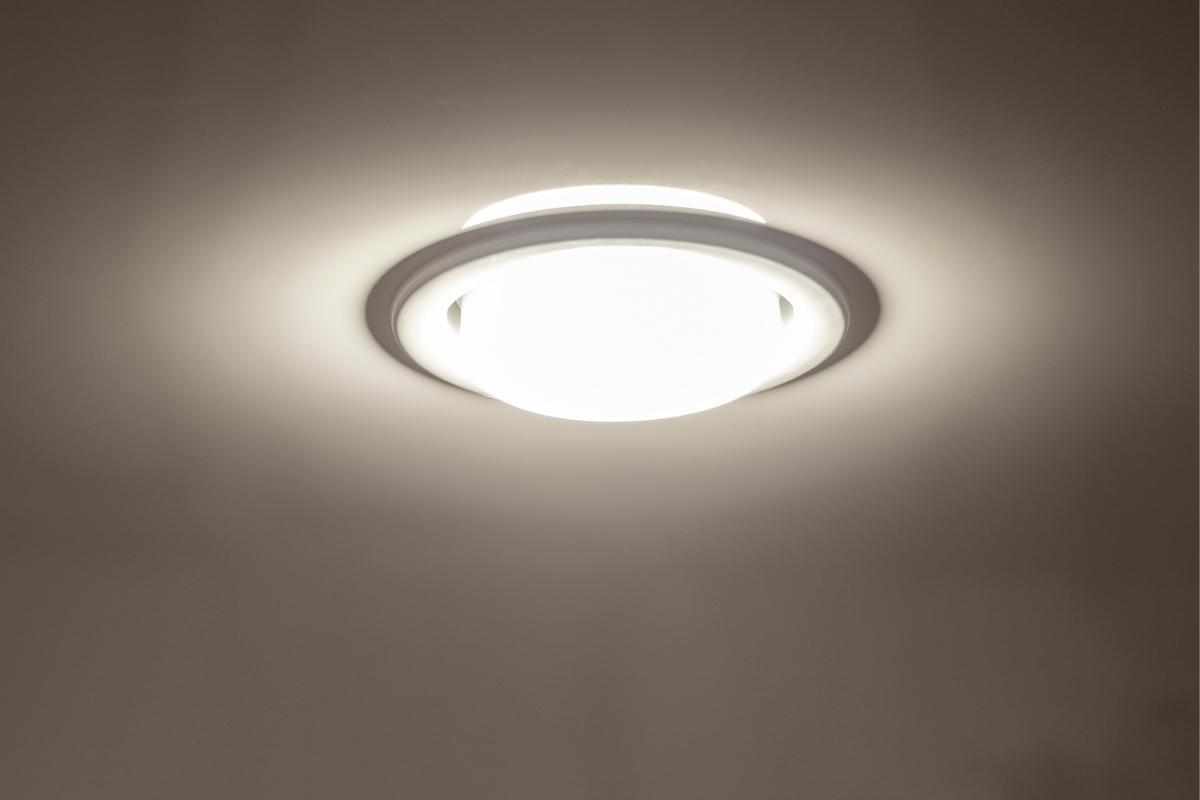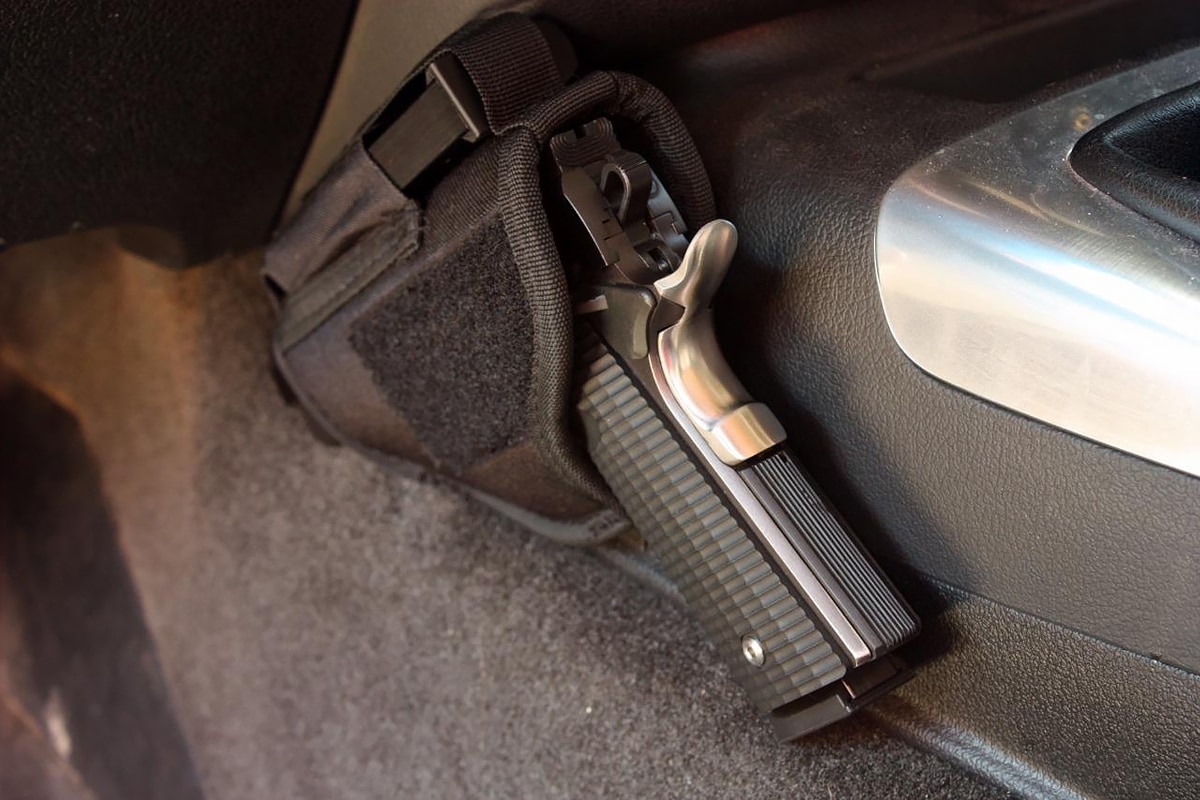If you’re planning for a new home or refurbishing your old place to give it a contemporary and stylish feel, recessed lighting is something you may want to consider in your designs. Why? Because it is the key to modern interior design and one of the most subtle ways to add style without burning a huge hole in your pocket! It’s no wonder why recessed lights are so popular with homeowners nowadays.
Why Consider Recessed Lighting in Your Home
A recessed light is a fixture that is embedded into the ceiling and sometimes in the wall. When set up properly, it looks as if there is a hole in the ceiling that’s emitting beautiful floodlight downwards onto a specific area. It resembles a “pot” or a “can” when you look up into the fixture, and that is why it is also known as pot lights or can lights.
Since the light socket and its cabling is concealed within the ceiling itself, there aren’t any exposed surfaces to dust. Other than an occasional change of bulbs, recessed lighting is pretty much maintenance-free. It is also quite unintrusive. Your guests may not even know it is there until you switch it on.
More importantly, recessed light is great for creating a seamless, uncluttered feel. This additional douse of lighting can provide a focused effect, so if you have a wonderful piece of fine art that you would like to showcase, recessed lighting is the answer.
You can also use recessed lights as your only source of lighting in the room. In fact, some people have also used it in their dining room with dramatic effect – one of the main reasons popularizing the widespread use of it. But don’t forget to space them at least 25 – 30 square feet apart. Otherwise you may end up having an airport runway in your house!
Not all homes are suitable for recessed lighting though. If your ceiling is made up of large concrete, contains ornamented plastering or intricate designs, you may want to consider alternatives such as a chandelier or table lamp instead.
Tips for Selecting Recessed Lighting Fixtures
The recessed light fixture is separated into two parts – the housing and the trim. The trim is the ring that lays flat onto the ceiling and visible to onlookers. You may want to go for those fixtures with trims that blend in with the ceiling for a less intrusive feel. Or try those decorative ones that comes with its own distinctive designed trims for a bolder look. Some trims are also incorporated into baffles and hence great in controlling the intensity of the light emitted.
The light socket can be found in the housing, the part that is subsequently embedded into the ceiling during installation. Don’t be surprised to find reflectors in some housings as they can be used effectively to direct light beams, to where it is most required, without adding to the size of your electricity bill. At the end of the day, how the recessed light fixture creates its lighting effect will depend on the type of housing, trim, and bulbs used.
As a general rule of thumb, consider using energy-saving bulbs like LED and fluorescent fixtures. They can be connected to a dimmer for greater brightness variety. If you have a high ceiling, they can also look great and have the additional benefit of conserving energy. Use special low voltage housings if you’re going for an accent, focused feel.
Insulation Contact Housings
If your ceilings are insulated, remember to get fixtures that have housings that are Insulation contact rated (“IC rated”). These special housings prevent any flammable substances, such as the insulation from touching the hot lighting fixture. For better energy conservation, get IC housings that are airtight. You must make sure that there is at least half an inch of distance between any flammable substance and a 3 inch distance from the insulation if you want to use non IC rated housings in an insulated ceiling. For a peace of mind, going for the former may be a much safer solution.
Retrofits
In the past, it was often a messy and tedious affair to remodel an existing ceiling. It can also be pretty expensive if you factor in costs to engage a professional contractor for the job. It just isn’t practical. With the introduction of retrofits, manufacturers are making it easier for home dwellers like us.
Such retrofit units even come with detailed instructions and even stenciling templates that allow you to outline and cut out the exact size of the opening for the installation. Some wiring knowledge may be required in this case so if you are not sure how to handle that, paying a professional can save you some hassle.
If you plan to convert your house’s existing recessed lights to lower voltage, get those retrofits that come with transformers to lower the standard current to a 12-volt power source. They are more expensive but bear in mind that these will be more or less made up for your energy consumption.









